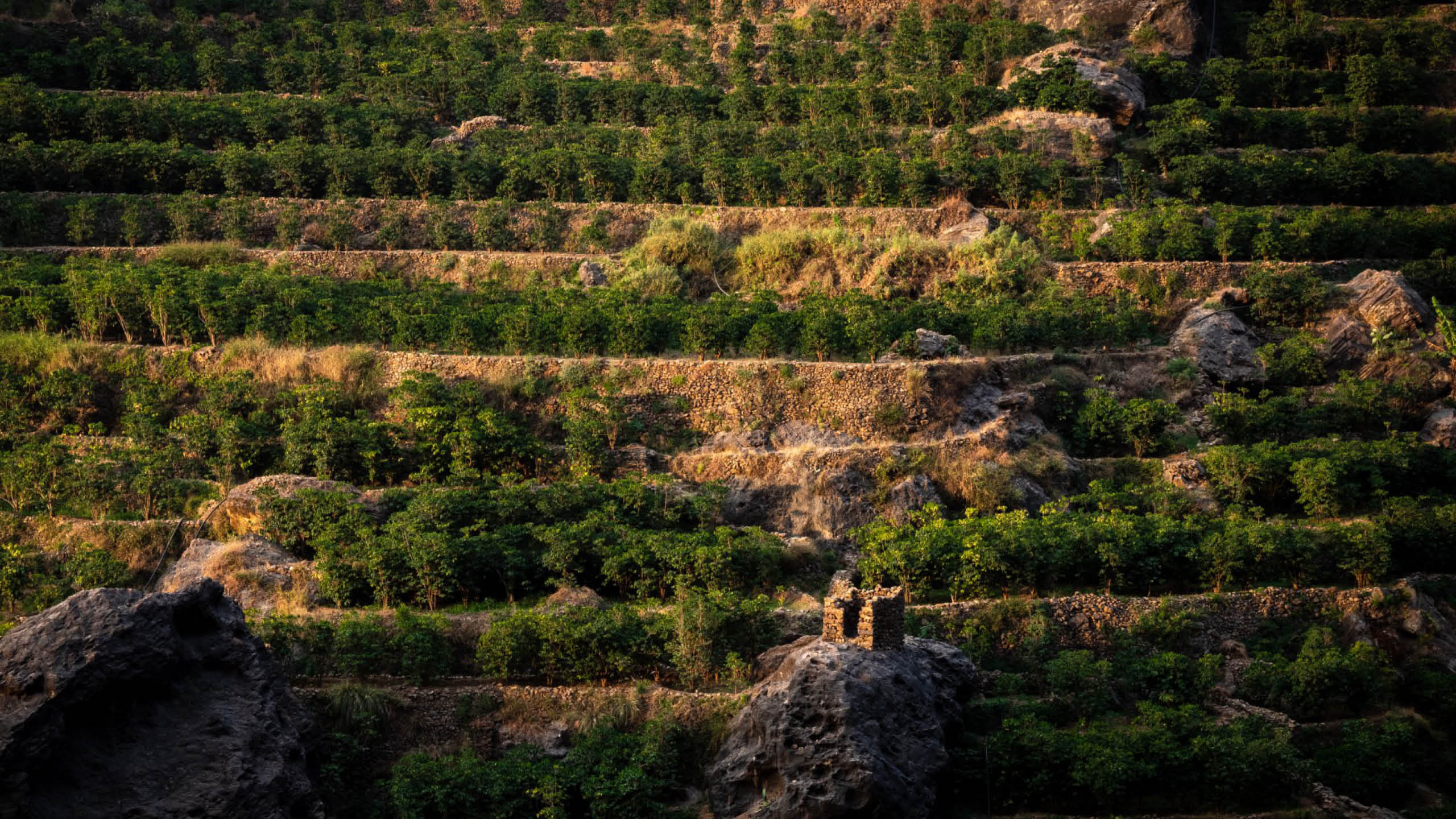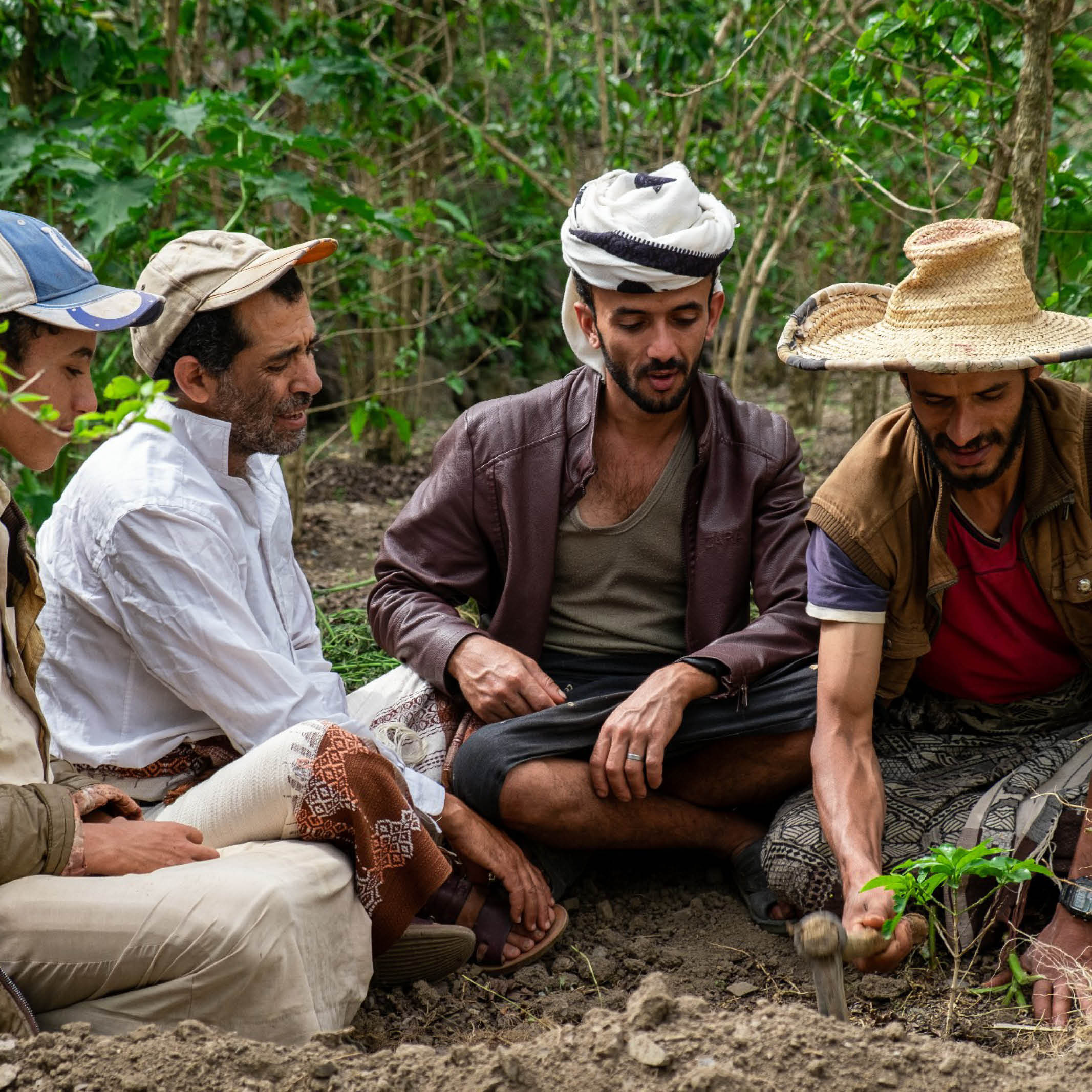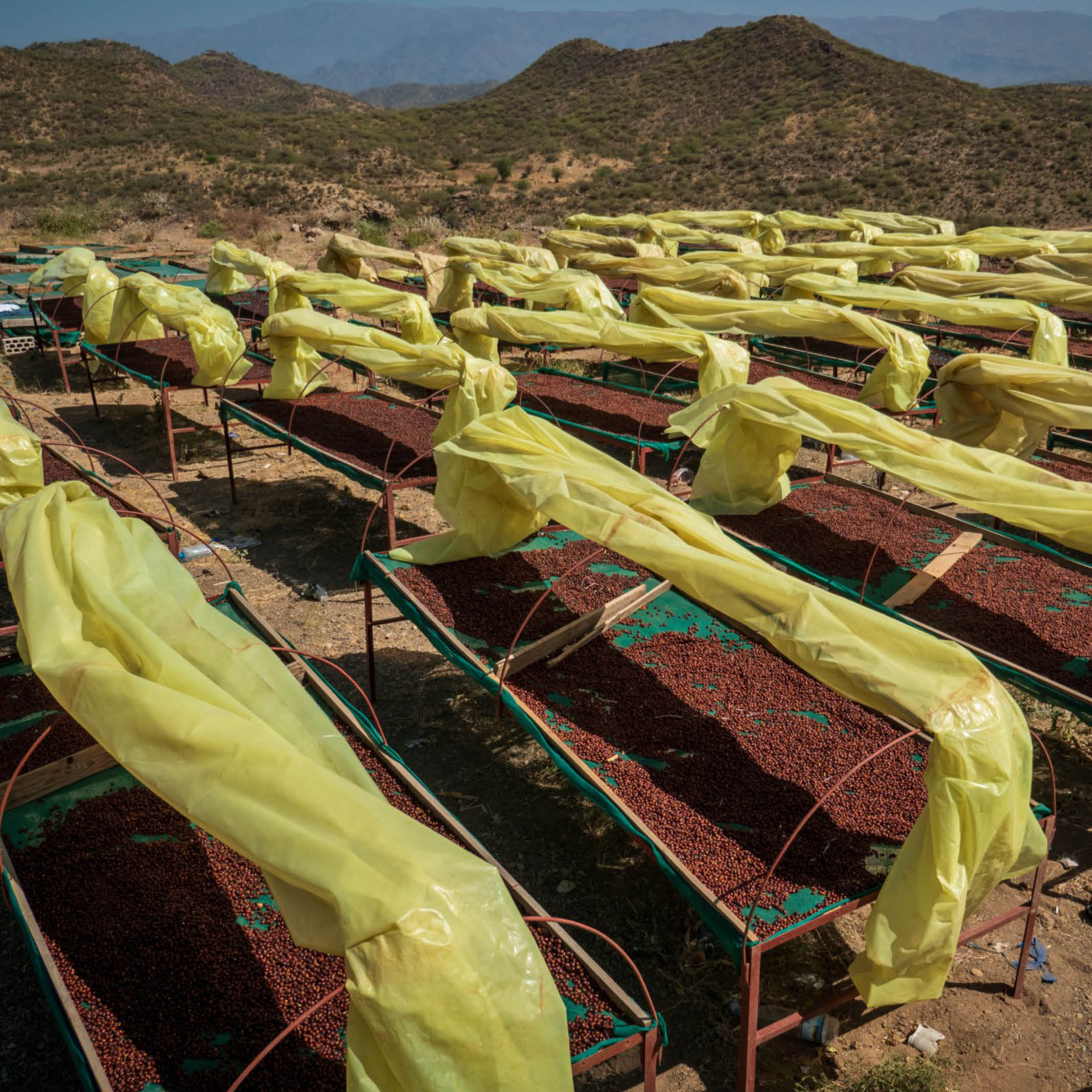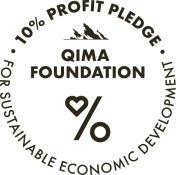





Jury code : 8284

jury score :
Genetics :
Process :
lot size :
VILLAGE :Shamran
REGION : Haraaz
GOVERNORATE : Sanaa
ALTITUDE :1800masl

FLAVOUR PROFILE



Yemenia is a new mother population within the species of Coffea arabica that is found exclusively in Yemen, and represents an ocean of unexplored genetics and future varieties that have the potential to reshape the world of arabica for centuries to come.
Read the Scientific paper here.
The discovery of Yemenia was part of Qima Coffee’s R&D programme with Dr Christophe Montagnon, the aim of which was to map out Yemen's coffee genetic landscape. Qima conducted the largest genetic survey in Yemen's history, covering an area of over 25,000 sq km.
Through rigorous research in coffee genetics, we discovered that there exists a mother population of Coffea arabica that never left Yemen, and remains native to the land till date: Yemenia – meaning Yemeni mother in Arabic.
Yemen’s coffee land has a rough climate, displaying both high and low temperatures in the extreme range of coffee growing areas worldwide, together with one of the lowest global rainfall levels. There is no doubt that this environment has favoured resilient landraces, not only between the 1400s (coffee first introduced to Yemen) and 1700s (when today’s main worldwide coffee varieties were taken out of Yemen), but also during the last 300 years of coffee cultivation and propagation. The unveiling of Yemenia, which has not been observed anywhere else in the world so far, opens the gate to previously uncharted genetic diversity within C. arabica in general, and Yemeni coffee in particular. Further research is ongoing to determine and identify potential varieties within Yemenia group.
Deep fermentation refers to a variation of natural processing. The coffee cherries are slow dried, in which we aim for drying days of over 30 and then double the layer of cherries to imitate a semi-anaerobic drying environment. The cherries are carefully turned throughout the process. The result of the deep fermentation process is a flavourful, fruit-forward coffee.
Shamran is a village in the Haraaz region of Yemen, and has a mountainous terrain. The village has a panoramic view of many other villages and a school that serves the children of the area.
Due to its location at the slope of a high mountain, which gives it a strategic and scenic position, Shamran acts as a vantage point famous for its historical forts, coffee plantations, and terraced fields. This view is especially stunning at sunrise and sunset, when the light creates different shades and colors on the landscape.
Haraaz is an ancient, mountainous region in the governorate of Sana’a, and is home to some of Yemen’s best, and oldest, coffee growing communities. The area has fertile, lush valleys and highlands where many different types of crops are grown. Farmers plant their crops in terraces here, and apart from coffee, they also grow alfalfa for livestock, millets and lentils.
The region houses roughly 140,000 people, with at least 1,500 families financially dependent on coffee farming.
In terms of volume, Haraaz is Yemen’s largest coffee producing region due to the presence of a large network of coffee nurseries across the region. The stratospheric altitudes, where the coffee is grown, adds to the unique flavour profile of Haraazi coffee. Farmers also believe that Haraazi coffee is distinctive because of the region’s fertile soil. It is interesting to note that a large share of Haraazi coffee is specialty grade.
The governorate of Sana’a not only has the biggest share of specialty coffee production, in both quality and quantity in Yemen but also has one of the longest continuous coffee cultures in the world. Much of the coffee consumed in Sana’a is prepared using the traditional Ibrik method, brewing coffee in a copper or silver pot over hot charcoals.